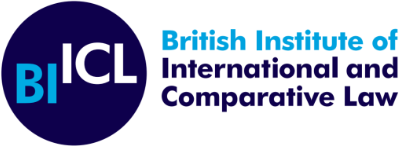
1. Causes of Action
I. Other Causes of Action
3. RELEVANT DEFINITIONS AND ESSENTIAL ELEMENTS
There are a number of creative ways that interested groups and individuals employ litigation to achieve positive outcomes for the environment.
These methods vary significantly and many of the 17 states are not discussed below, as there are limited noteworthy additional causes of action. Whilst the approaches taken are often unique to the jurisdiction in question, there are some similarities in the methods that have been effective.
In relation to these other causes of actions there are three elements that are present in the jurisdictions discussed below.
To use these frameworks the following essential components/elements must be considered.
1. Existence of Relevant Legal Provisions
Determine whether the legal system under consideration incorporates some environmental protection, such as international human rights conventions, constitutional provisions, or legislative enactments that recognise and seek to minimise the impacts of climate change.
Many of these novel frameworks are discussed below. For each, the legislative framework outlines the essential elements of the cause of action. This is the case with the Australian EPBC Act where the provisions below set out the three elements.
2. Direct and Personal Impact for the Claimant
Establish evidence of specific climate change impacts on the claimant.
For example, in Canada, this has been established with the ratification of the United Nations Declaration on the Rights of Indigenous Peoples (UNDRIP). UNDRIP affirms Indigenous Peoples' rights to protection of the environment. It states that "Indigenous peoples have the right to the conservation and protection of the environment and the productive capacity of their lands or territories and resources." UNDRIP affirms the rights of Indigenous Peoples, and falls within a category of international law called 'soft law' which is quasi-legal in nature and is not formally binding upon states. However, soft law is important, as it may be cited as evidence of international customary law. The Canadian courts have used it as an interpretive tool for contextualising clear legislative frameworks in its analysis and have focussed on indigenous rights
3. Insufficient Action by the Defendant
Present proof that the defendant failed to take sufficient action to prevent or mitigate the impacts of their operations.
One novel way to do this is with environmental impact assessments (EIAs) which are tools used to measure the impact of plans on the environment by generating assessments prior to commencing projects with a likely environmental impact.
When EIAs are improperly conducted, plaintiffs with standing can use the fact of the improperly conducted procedure to bring litigation. This is the case for the litigation discussed in respect of Italy and Norway.
4. Causal Link/Chain
Establish a causal connection between the defendant's actions or inactions and the impacts of climate change, which in turn affect the claimant's human rights. This requires demonstrating that the defendant's conduct significantly contributes to climate change and that there is a clear and foreseeable link between climate change and the violation of human rights.
.
